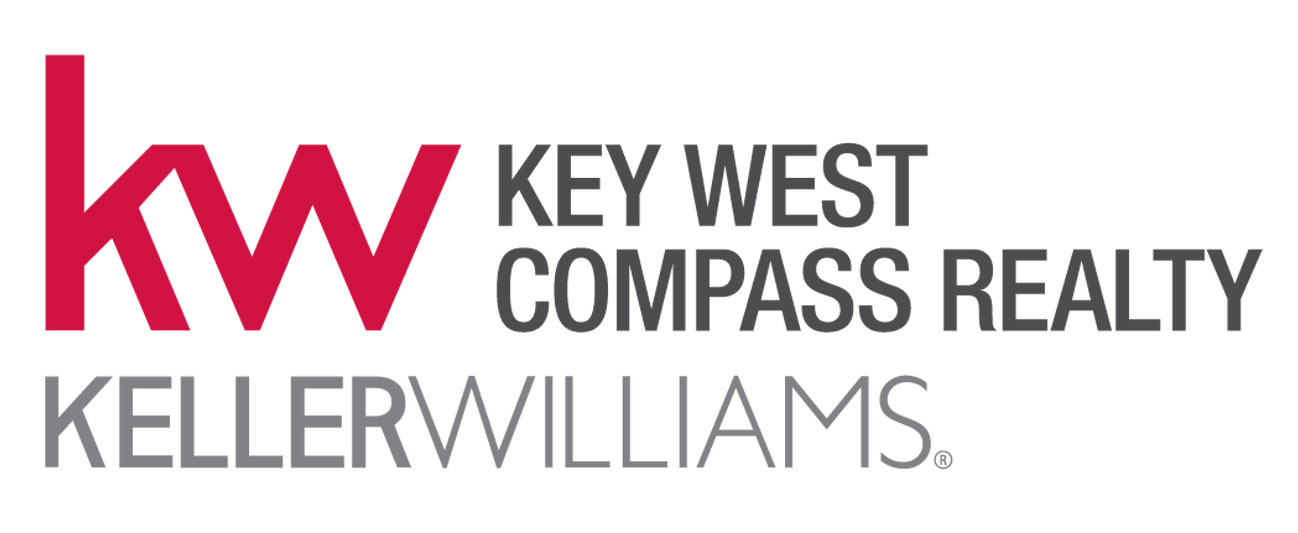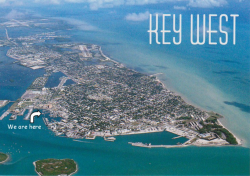Ask people what they think of when you say “Key West” and what’s the answer? Non stop party. Bars of bars. Fishing and water sports. Gay lifestyle. The end of the road. A sanctuary of anonymity. OK, fine, but what does Old Town Key West look like? Have you seen photos of anything other than bars and barflies, boats and fishing and people who don’t look like the people in your neighborhood? What of the homes and parks and streets where people live? A town of 26,000 people must have some interesting neighborhoods. When someone says they live in “Old Town”. What does that mean?
Old Town Key West represents the original confines of Key West, generally the areas furthest west on the island of Key West. Logically enough these are areas closest to the original seaport and wharehouse areas of Key West. Homes in this small zone date to the mid 1800's and early 1900's. Many homes were brought to Key West from the Bahama's as prominent citizens dismantled their island homes and migrated to the new territory of Florida for purposes economic and political. Others built modest homes for themselves, kin and workers.
Innumerable articles recount the development of Key West/Old Town through the boom and bust eras of wrecking, sponges, cigars, hurricanes, fires, mosquitoes, no fresh water and epidemics. Even the annihilation of the Key West Cemetery by a Category Five hurricane in 1846 could not uproot the citizenry. Talk about grit. Makes today's complaints about flood insurance seem positively puny.
Originally Key West encompassed the territory from the Key West Bight (The Harbor area at top left of map) east to White Street and south to Angela Street, just north of the cemetery (Middle of Map). Presently Old Town extends east to Garrison Bight (Top right of map) and the neighborhood of The Meadows south toTruman Avenue (originally called Division Street), west to Bahama Village and north up to the Key West Bight area through Truman Annex.
The area is a treasure of wood framed homes, sneaky lanes, blind corners, garden pools, potted herbs, spoon-fed felines and vine speckled porches. Homes were built using mortise and tenon, with crawl spaces underneath, minimal if any insulation and practically within arms reach of your neighbor. Tropical flaura abounds with each season spotlighting poincianas, bouganvilla, alamanda, hibiscus etc.
To be sure, there are some grand homes in Old Town. Built by pioneers and noteworthies. Grand balconies and 11' ceilings remind us that Key West was once one of the wealthiest cities in the United States.
But most homes are classically modest. Since 2006, the average size of a 2 bedroom/2 full bathroom house sold in Old Town, the most popular house sold in Old Town, is 1215 square feet. Even a 3 bedroom/3 full bathroom house has averaged only 1864 square feet. The peak of the 2004 - 06 real estate bubble saw Old Town homes selling for $800 - 1000 per square foot. Prices fell by half thru 2010 but since have shown a steady, value-based increase and are now at or near their former peak.
There is no new construction in Old Town. Homes are renovated by scores of professionals whose painstaking care allows owners to rebirth an old home in their image. Occasionally a house is bought, razed and reconstructed to exacting historic and structural specifications. Old Town building and architectural preservation codes are among the most stringent in the state of Florida.
Down a dozen lanes and sheltered alleys sit cottages well quaffed and cared for. These are found on foot and pedal. Poorhouse and Pearl and Angela, Catholic and Love. Here are a few favorites but hardly them all. Come see them for yourself sometime.
Conclusion
To be sure, Old Town Key West is as much architecture as it is chemistry. Nothing is homogenous. As individual as a snow flake. Walkable and bikeable. You can run your hi-tech, marketing, software development, consulting business from your back porch and when the sun subsides, run, walk or pedal adieu.
If you have any comments or questions, please contact me here.
Good luck!










